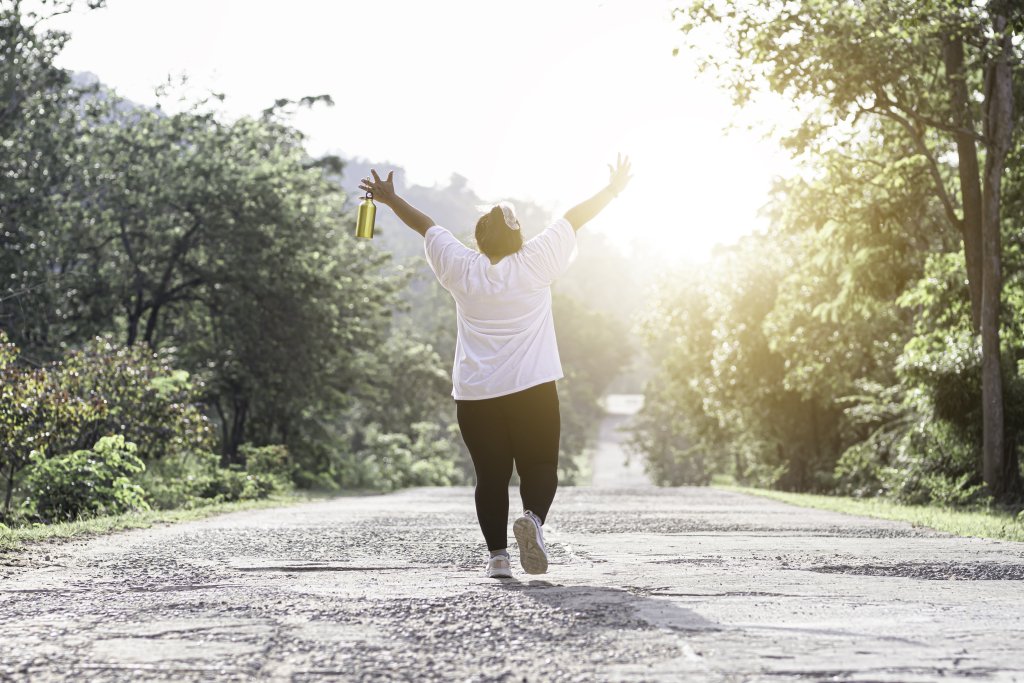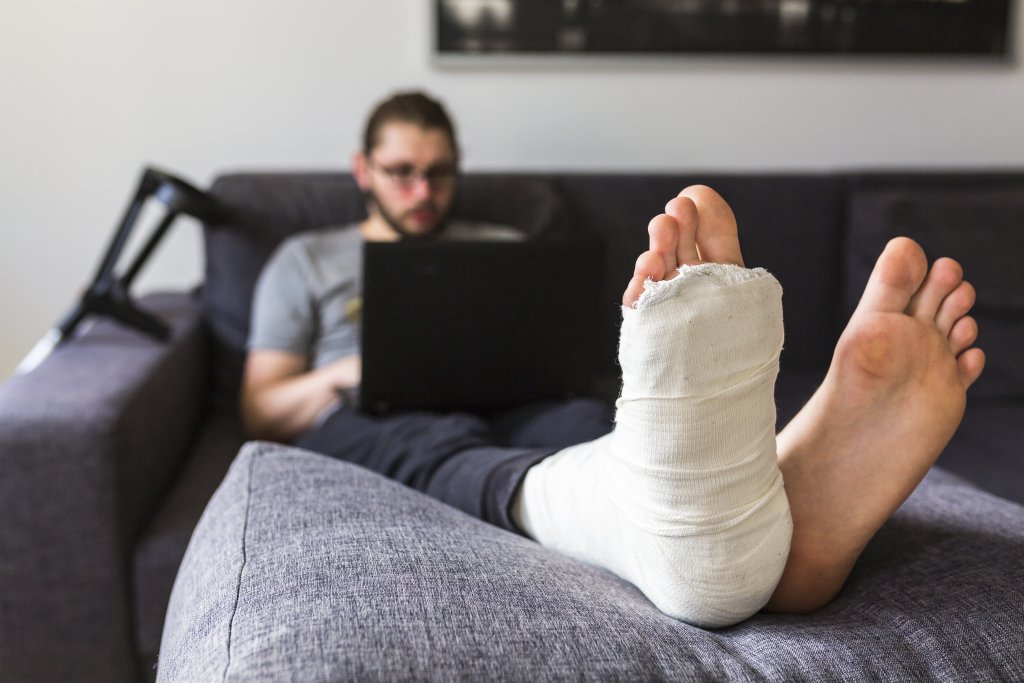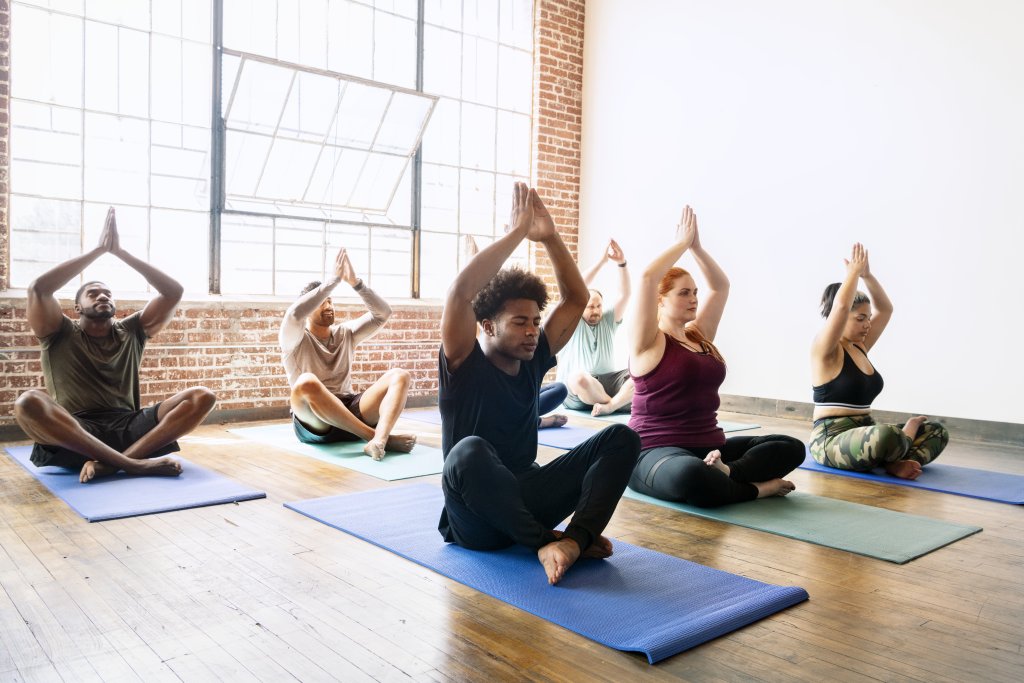

6 Tips to Survive a Running Injury
Your guide to coping with a running injury without losing your mind
What do you call a runner who can’t run?
Unbearable.
It’s not your fault though. You got addicted to running, then injured, and now you’re insufferable to be around. We’ve all been there.

Before diving into our tips for surviving a running injury, let’s talk about the other problem: yes, your body is injured but your mind is also suffering.
It’s not you, It’s your brain
Running has incredible mental and emotional health benefits. From dopamine to norepinephrine, to serotonin, activity buoys our mood and boosts our spirits. Simply being outdoors elevates our psychological states and movement is connected to therapies that help overcome mental health issues.
You don’t need a neurologist to explain this simple truth: running=happiness

But a lot of us don’t connect the dots when we get injured. We get used to the influx of endorphins and mood-boosting hormones in our brains and bodies and then when the supply is cut short it sends us spiraling.
Knowing what is happening in our brains gives us clarity while we are experiencing the big emotions that come with not being able to run.
Ok, now let’s talk about how you are going to survive this
Here are our pro tips on how to survive the withdrawal symptoms and manage your running injury with poise
#1 – Map Out Your Survival Plan
Runners are highly consistent people. We love plans: planning for our next race, our training schedule, our next meal. We organize our lives around it: when to eat, how much sleep to get before a workout, how much water to take on a long run.
To our brains and bodies, running is the sun that we orbit around. A running injury feels like the sun blinked out and our lives have descended into darkness. (Is this dramatic? You betcha. But it’s how we feel!)
Thoughts like, “why would I shower today since I haven’t worked out?” And “I can drink an entire bottle of wine, I’m not running in the morning,” start to make more sense.

You need a plan. Find out ~approximately~ how long the injury needs to heal from your doctor and create a schedule for yourself. Set weekly goals and daily goals to create structure in your routine. Even if the goal is simple, for example: sit and read in the sun today or go for a bike ride (depending on the nature of your injury). Acheiving these goals will give you a much needed feeling of accomplishment.
Creating a plan gives us a sense of control over a difficult situation and gives up a greater perspective–you can handle anything for a few weeks or months, and if it’s longer than that, a plan will help you come to terms with your new normal.
#2 – Cross Training is a Bandaid not a Cure
Peddling an arm bike for an hour in a stuffy gym is NOT going to have the same physical and mental effects of running. But it might tide you over until you can get back into what you love.
Low impact activities like swimming, aqua-jogging, biking, and using the elliptical, can help maintain fitness for short periods when you cannot fully train. They are also a good segway from injury back into your typical running regimen.
Yoga, stretching, and injury-adapted body weights can keep you from going stir crazy while reminding your body what it feels like to move.

Of course, get cleared from your sports physician before jumping into another activity that might aggravate your injury. The last thing you want to do is prolong a running injury by refusing to chill out and RICE +heat.
If you do get the go-ahead to cross-train, check out this training plan for the injured runner. Feel free to adapt it to your context.
#3 – Create Happy Hormones
Did you know that hugging a dog is proven to make you happier?
In fact, looking into the eyes of a dog can cause a 300% rise in oxytocin in humans and a 130% rise in oxytocin in your dog.
All the dog lovers out there just gave a collective “duh.”

Here is an article with 8 different activities you can do to help produce the calming, mood-boosting, perspective-giving hormones that you would normally get from running.
And because your access to these serotonin-inducing physical activites might be limited, here are a few other ideas on how to increase your serotonin levels.
#4 – Lean On Your People
When the going gets tough, the tough turn to each other for support and community.
Remember, this is a big loss for you. Not only did you lose your previous training, the future goals you had for yourself, and your source of mood-boosting activity, you might have also lost your main socializing outlet.
It’s ok to grieve and tell people you are grieving. Even your non-runner friends can understand that this is a big loss for you and that you might need extra TLC.
Your friends and family can help fill in the gaps with game nights, low-impact activities, and encouragement when you are sure that you will never get back to what you love.
#5 – Stay off Social Media
Do I need to explain this one? It seems obvious.
Don’t add running FOMO to your list of problems. Limit your scrolling on social media (this includes Strava!)
You don’t need to see pics of your runner friends cresting mountains and giving sweaty grins at the camera while you’re trying not to fall down the steps with your crutches.

It doesn’t help your recovery and it sets you up for a major pity party.
However, I am an advocate of hopping on Tiktop and searching “funny animals” and then losing track of time while giggling at sloths and koala bears being cute.
#6 – Chill Out and Change Your Mind
While researching for this article, I noticed that much of what’s out there is about maintaining fitness and keeping up with your training even while injured.
I’m not convinced this is a good strategy.
If it’s a small tear or stress-reaction. . . maybe. But if we are talking about a major running injury that will take you out for 4-6+ weeks to heal, I have to think that trying to maintain a peak level of fitness without being able to run is setting yourself up for failure.
It’s like stacking an unrealistic expectation on top of an injured body–it’s not sustainable.
The best injury-related advice I have ever received was after an injury that took me out of training just two weeks before my marathon debut.
I was an emotional and physical disaster: recumbent biking with one foot in a cast, jump roping on one leg, aqua-jogging for hours (pro tip: no one can tell you’re crying if you’re in a pool).
I felt the desperate drive to keep training, but my body was begging me to rest. Finally, my coach told me this:
“Your body will remember what it feels like to be at this level of fitness. You need to take a break and trust that it will come back.”
-Coach Will
I wish I had taken the advice then. But I was young, dumb, and addicted to running. I kept power walking in a CAM boot, doing one-legged cross-fit, and preventing my body from receiving the rest and recovery it needed.
I hope you won’t do the same. It’s ok to take a break and binge on Netflix while your body focuses on bringing you back to full health.
Enjoy this article?
Great! Enter your email here and receive occasional articles or updates from Noxgear.
Join the Nation Signup
Noxgear Newsletter Signup
By clicking submit you agree to our terms and conditions.
Rachel Cheney is a writer, runner, and mushroom enthusiast. She ran competitively before realizing that it’s way more fun to jog around in the woods and take pictures. She, her partner, and their Australian Shepherd enjoy discovering new trails and climbing on rocks.
have a story to share?
Send it to jamie@noxgear.com



